Open pollinated varieties are those crops pollinated through natural functions like wind, pollinators like bees, and water. They produce seeds that will grow into plants that are similar to the parent plant. This method of seed saving likely pre-dates modern agriculture and is the oldest seed saving method. We currently offer over 700 hundred varieties of open pollinated seed.
So how do our seed growers and seed savers maintain all these varieties without cross pollination (the mixing of pollen between separate varieties)? There are several simple methods to isolate open pollinated crops.
All crops listed as heirlooms are also open pollinated. The heirloom designation means that an open pollinated variety dates to 1940 or earlier.
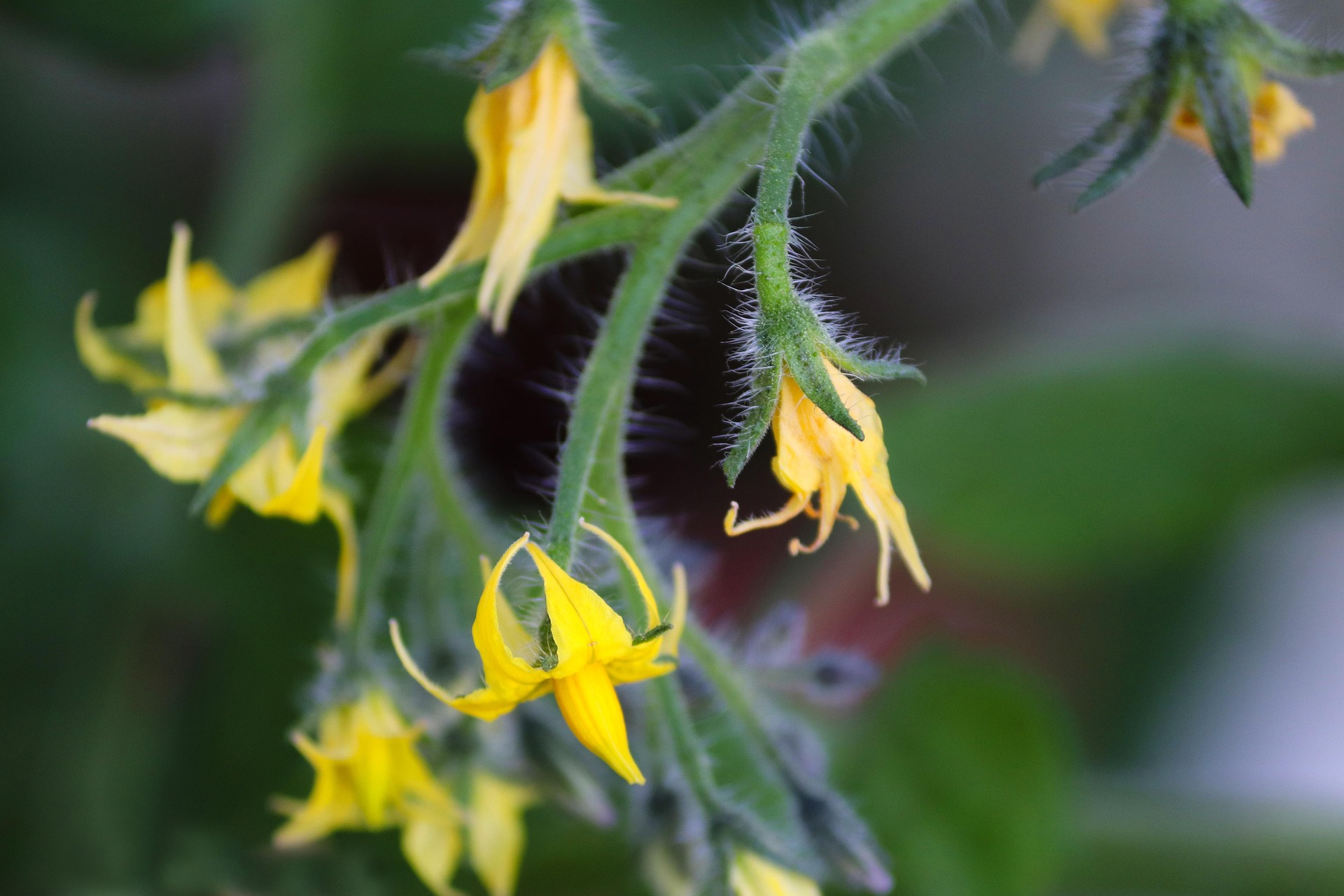 Isolation by Distance
Isolation by Distance
One of the most common ways to isolate open pollinated varieties is by distance. We include isolation distances for all our crops in our growing guides, so you can use this method to save seed. You’ll notice that we list a distance for home use and for pure seed, which is important for professional seed growers.
A great example is our tomato growing guide:
Isolate varieties of the common tomato (L. lycopersicum) by a minimum of 35’ for home use and 75’ to 150’ for pure seed. Isolate varieties of the currant tomato (L. pimpinellifolium) species from all other tomato species by a minimum of 150’.
Reaching isolation distances can be tough, especially for growers looking for pure seed. That’s why even many seed growers will stick to just a couple varieties of one crop.
However, if you’re looking to save seed for home use, this isn’t as critical. A little cross pollination can increase genetic diversity and isn’t the end of the world!
You can also get creative with some other isolation methods.

Isolation Through Time
Another great way to isolation open pollinated varieties is through time. When crops don’t bloom at the same time, there’s no way for them to cross pollinate.
Some crops naturally bloom at different times. If you find two varieties with vastly different days to maturity and limited bloom periods, you can often get away with planting them at the same time.
For example, planted on the same day, Aunt Mary’s Sweet Corn, which is ready to harvest in just 69 days, won’t typically cross pollinate with Jellicorse Twin Dent Corn, which takes 120 days to mature. Just keep in mind that environmental conditions can affect the blooming period.
You can also isolate crops through time by using succession planting, particularly in much of the Southeast where we have long, hot growing seasons. For example, you can sneak in a crop of Gold Rush Yellow Wax Bush Snap Bean (ready to harvest in 52 days) in spring or early summer. Then grow a different bean like Contender (Buff Valentine) Bush Snap Bean (ready to harvest in 49 days) in late summer and fall.
Hand Pollination and Mechanical Isolation
Occasionally, growers want more control over pollination. This is when more mechanical isolation techniques and hand pollination often come into play. These techniques can be especially helpful for growers trying to breed new open pollinated varieties from a few existing ones.
Hoop Houses, High Tunnels, Row Cover
Growers often use hoop houses, high tunnels, and row cover to isolate varieties. When kept closed, they can exclude insect pollinators, preventing cross pollination. However, this means that humans will need to hand pollinate plants themselves.
In the Southeast, it may also be necessary to cover structures like high tunnels with shade cloth to prevent burning the plants.
Pollination Bags
Alternatively, growers may place pollination bags over the blossoms of each plant. Also called isolation bags or exclusion bags, these bags, usually made of fine mesh, exclude insects and pollen. They prevent natural pollination and allow growers to hand pollinate as desired.
Hand Pollination
Hand pollination is when humans manually transfer pollen from the stamen or male pollen bearing structure on a plant to the pistil or female structure which produces the fruit and seed. While growers will often hand pollinate to control pollination, they may also do it when other, natural pollination fails. Sadly, pollinator decline has made this strategy more common.
Usually, growers will use a small paintbrush or Q-Tip to move the pollen, but not always. When hand pollinating corn, you can simply break off a tassel and brush it on the silks of the desired plants. Make sure you use a clean tool for each variety.
If using pollination bags, you must remove the bag, pollinate the flower, and them replace the bag to ensure a bee or other pollinator doesn’t follow in your wake.
The Pueblo County Extension has more helpful hand pollination tips.
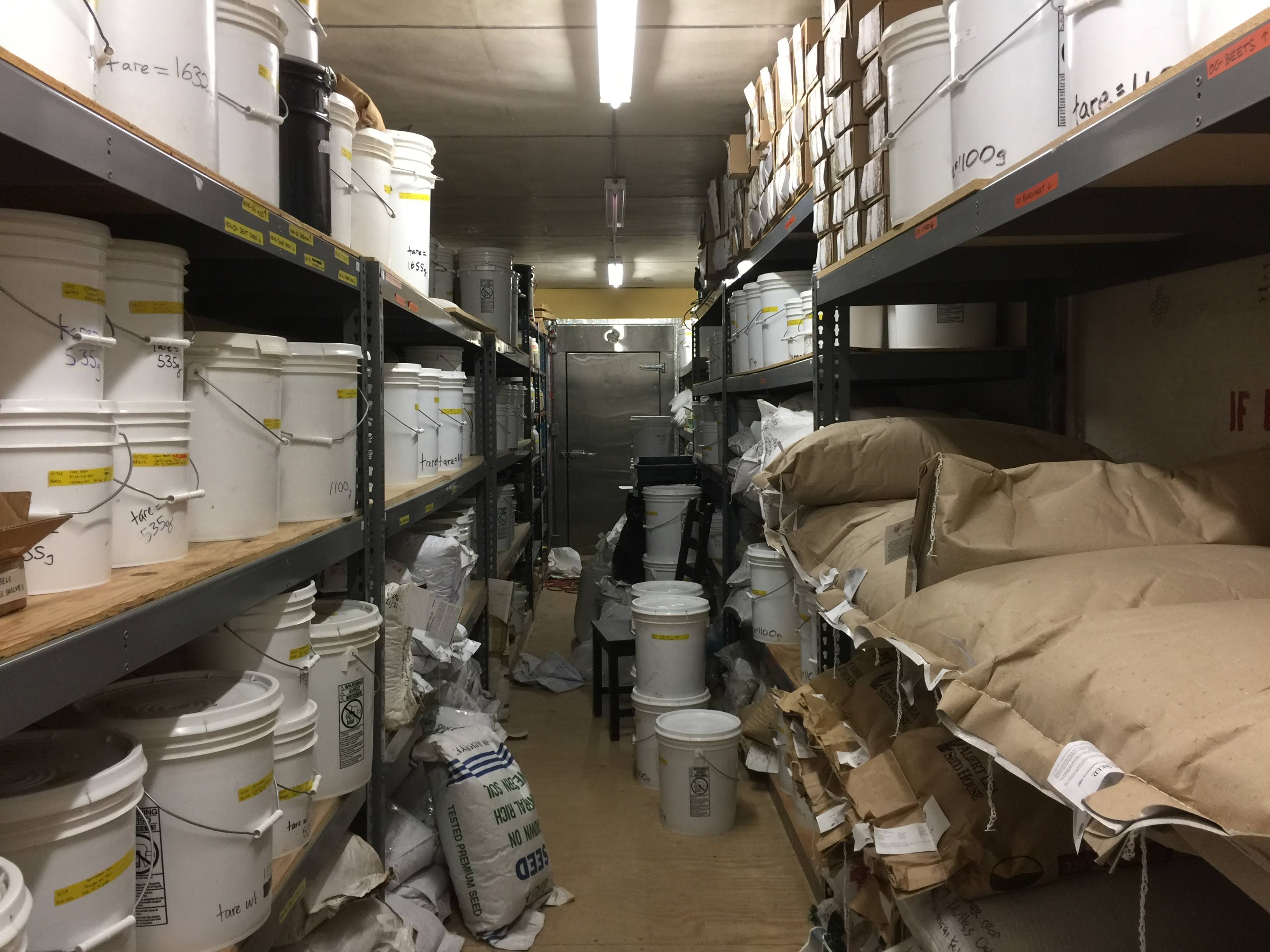
Storing Seed
Another way we can easily isolate varieties is by growing them out in different years. If you’ve been gardening awhile, you probably know that most seed doesn’t expire doesn’t expire after one year.
At SESE, we’re privileged to have a climate controlled seed storage space. We can store many varieties for several years without worrying. Our team checks germination rates periodically and we can work with our network of growers to make sure seed is replenished with fresh stock as needed.
Our seed storage system allows us and our growers to maintain a wide range of varieties.
Preserving open pollinated varieties is of critical importance. It allows communities, gardeners, and farmers to save seed year after year. This helps preserve genetic diversity, adapt varieties to climate change, and encourages food sovereignty. Which method will you try this season?

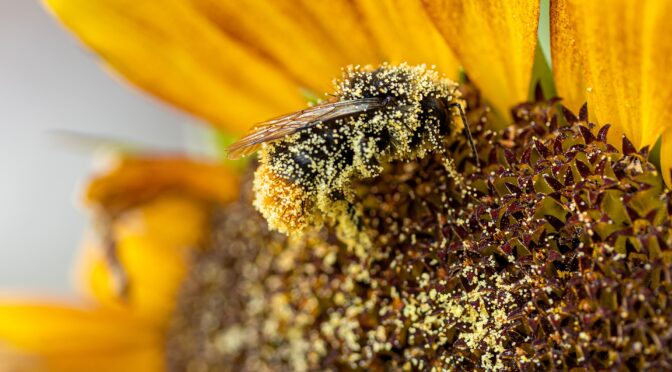



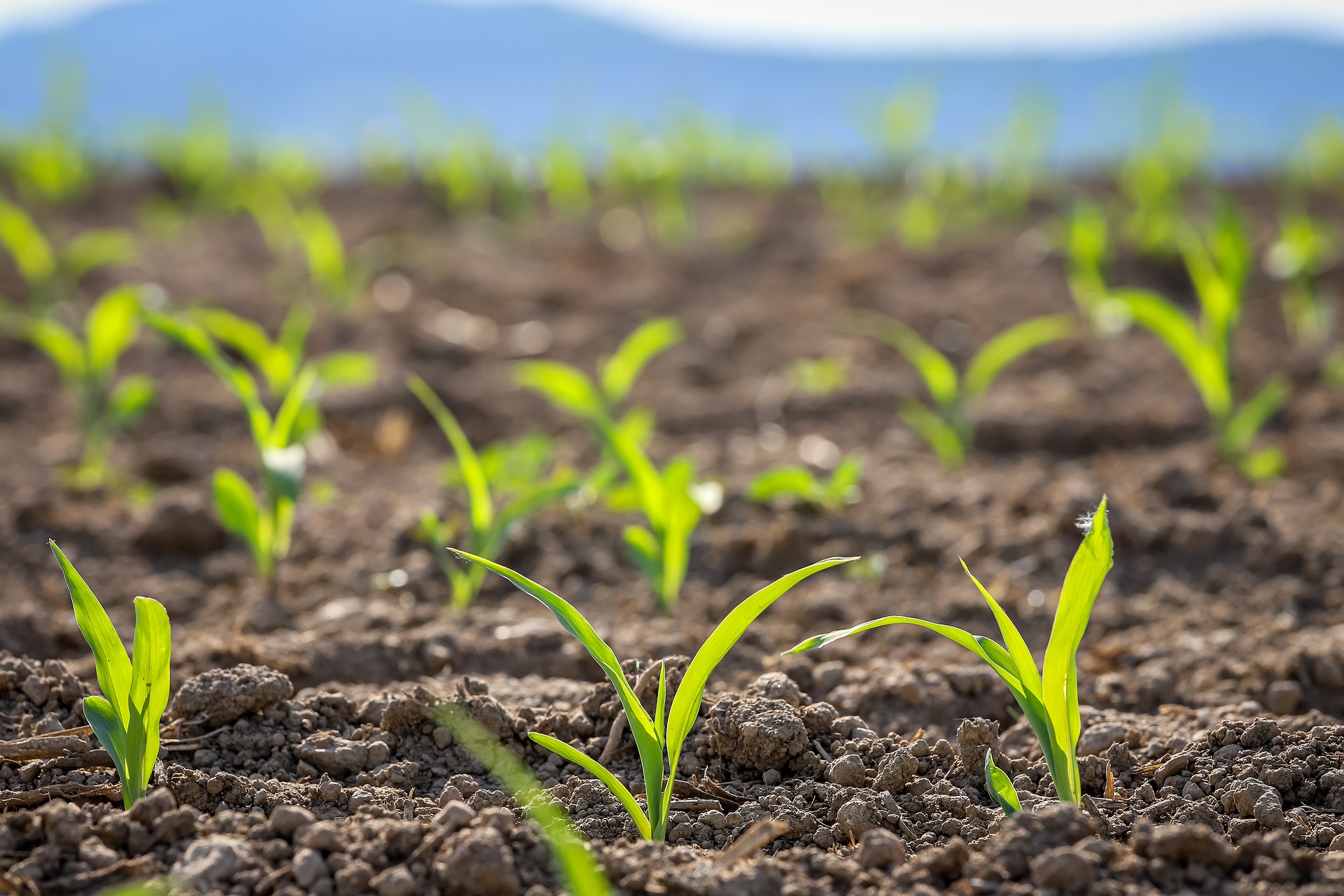 Which Should You Grow?
Which Should You Grow?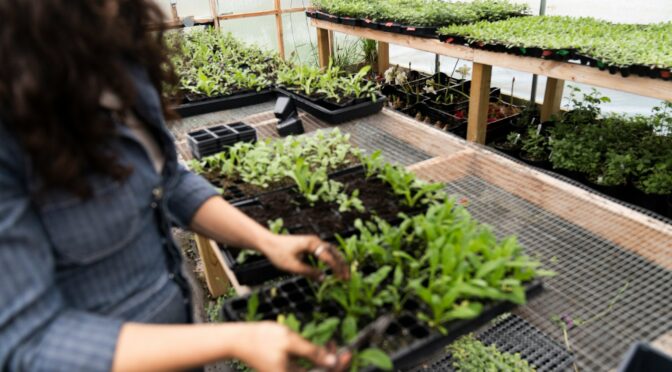
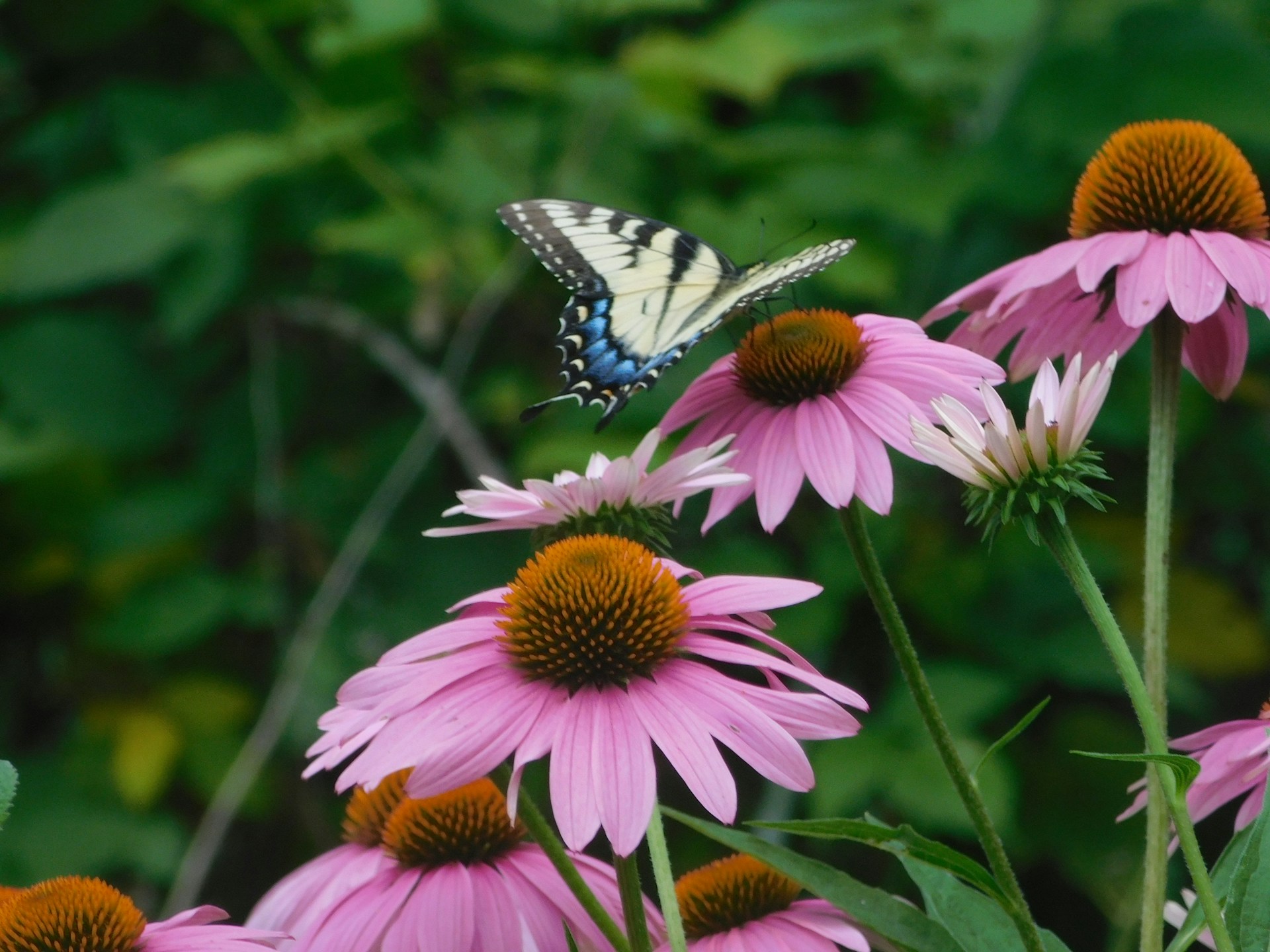 What Seeds Require Cold Stratification
What Seeds Require Cold Stratification